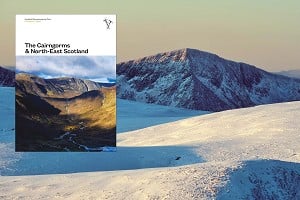
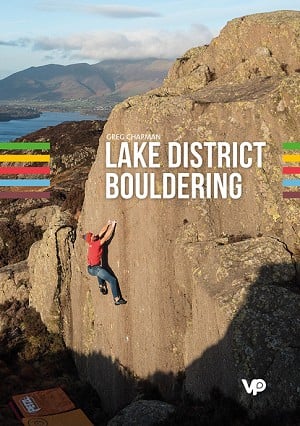
Perhaps Lake District Bouldering will have a similar effect on the popularity of this long-overlooked area?
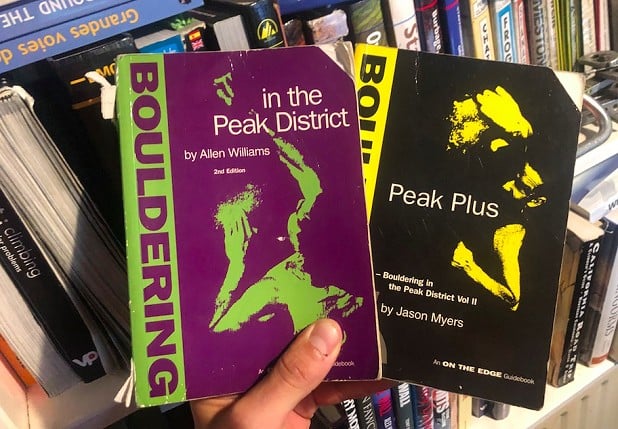
Bouldering Guides have come a long, long way since the original 'fanzine' style guidebooks were produced. Along with (or as a result of) their development there has come an explosion in both the number of problems, the number of people climbing them, and the quality of the guides themselves. However, it's been a long time coming. Greg Chapman, the author of Lake District Bouldering, began Lakesbloc - the online guide to bouldering in the area - back in 2003. Since then he's been developing and documenting the area, a body of work culminating in this 568-page tome. There's no denying that it's something of a weighty beast, but I see the guide's girth as being more of a positive than a negative, as it gives (in grams) the area's real worth as a bouldering destination to be reckoned with.
The guide is divided into five areas: South Lakes Limestone, South East, South West, North West, and North East. It doesn't cover (as Lakesbloc did) the Lancashire crags such as Thorn Crag, but given the size of the guide - and the fact that neither of the aforementioned crags are actually in the Lake District (and are covered elsewhere) - I think this is justified. Each area has its own colour, which helps when navigating the guide, and a lovely introductory page summarising the feel of the place. It's a lavish use of space, but gives the guide a sense of personality.
Once you get down to the individual crag pages a consistent format is kept so that aspect, approach, altitude, grid references, car parking coordinates and which OS map it's featured on are all mentioned, as is the access and crag conditions. Nestled in and amongst this are the area maps which indicate the spread of crags throughout the sector, then the zoomed in/detailed maps for once you've actually parked up and are ready to approach the crag. As if this weren't enough there is also a selection of OS maps for the more remote crags tucked away in the final few pages of the book, which are worth keeping an eye out for as they're easily missed (but will save you carrying a map up).
Even a quick flick through reveals the quantity, quality and diversity of the area, and this sense of richness only increases as further time is spent poring through its pages. When it comes to rock type there's an impressive level of diversity with rhyolite, sandstone, gabbro, limestone, and granite - dispelling the myth that the Lakes is 'just mountain rock'. Furthermore, across each of these rock types there are problems all across the grades from Font 2 to 8C. If you hadn't guessed from that statement alone, Lake District Bouldering features the Font grading system, as opposed to the V Grade, which is rapidly becoming obsolete in most UK bouldering guides. Stars are given so that, if you're unfamiliar to the area, you know what the classics are. These are awarded in three tiers (one star, two star, three star - as opposed to bold + hollow star) just to separate the skimmed, semi skimmed, and full fat classics. Stars aren't just provided to the higher grades - or Greg's own problems - and are given where praise is deserved, irrespective of the grade, which is how it should be.
When it comes to imagery there is a remarkable number of action shots within the guide. I've already mentioned the ones in the intro pages to each area, which are a nice touch, but there are so many more it's hard to know where to begin. Simply put: every time you open the guide you spot something you hadn't seen before, and that ultimately gets you inspired. The print quality really helps here, because each page feels pin sharp, colourful and crisp. Finally, when it comes to the cover I think it's fair to say that it screams out Lakes, light, and let me at it - phwoar!
On a technical note, the guide features an index, which may sound obvious, but other publications have appeared to have missed this somewhat integral feature, which allows you to find problems you know the name of, but not the location of. It's a basic but highly necessary feature, and I'm glad they've included it. Another firm favourite is the graded list, which - even if the author hasn't intended it - will provide endless discussion long into the night (for those who have the time, will, or inclination).
Summary
Lakesbloc went a long way towards documenting the area's developments, but Lakes Bouldering does a whole lot more, achieving something a series of online topos never quite could. It's a guide you can keep delving into again and again, if only to spot the problems, areas and action shots you missed before. However, as well as being inspiring Lake District Bouldering is a functional guide that will get you from the parking to the problem. One thing is for sure: I'm going to be spending a lot more time in the Lakes over the next 12 months…
- For more info or to buy the book see v-publising.co.uk

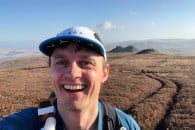

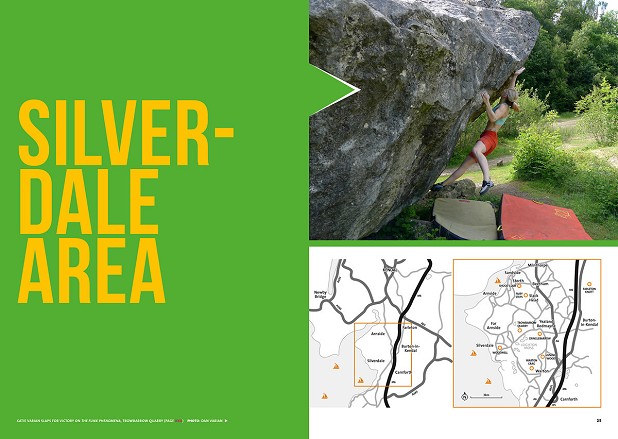
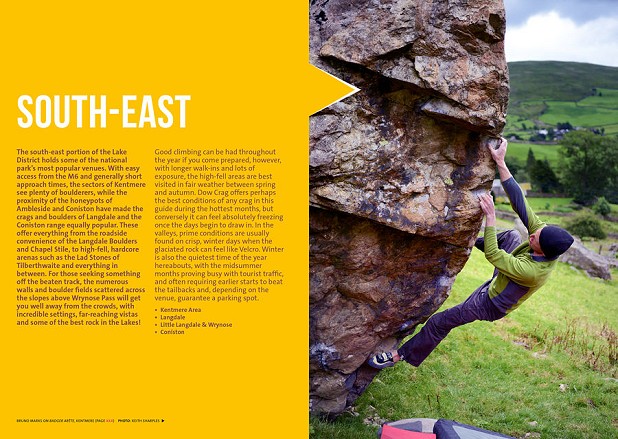
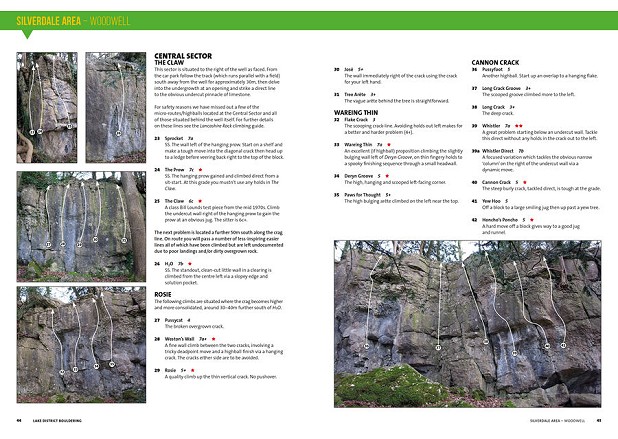
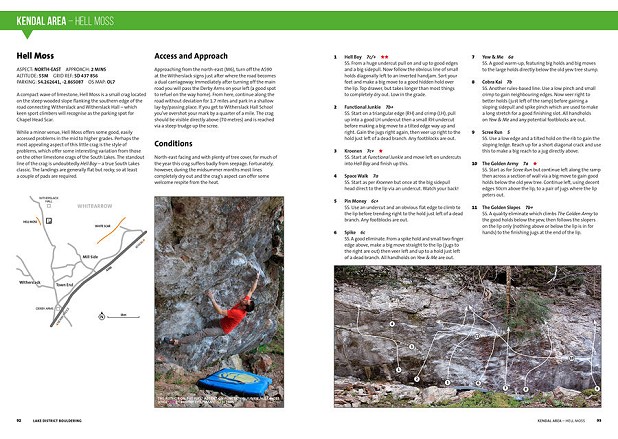

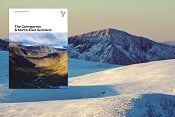
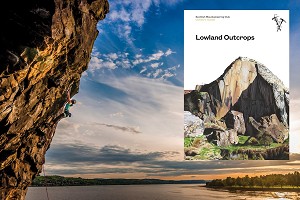
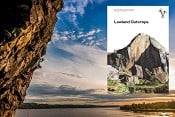


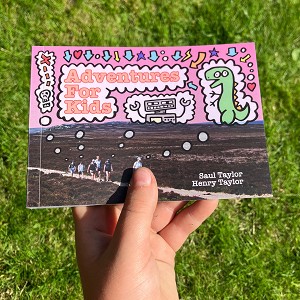
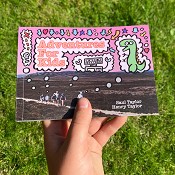
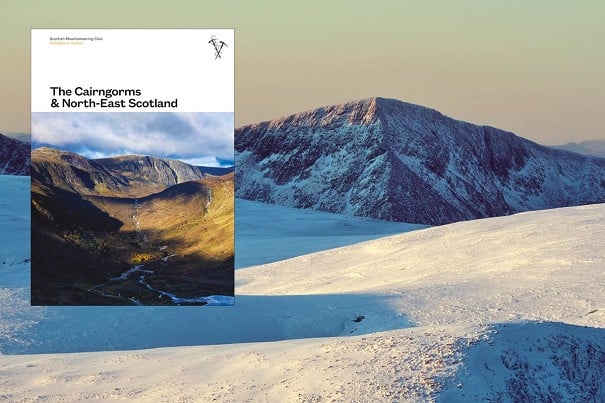
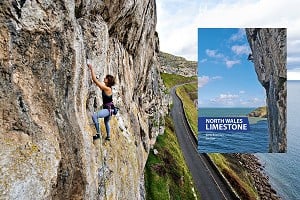
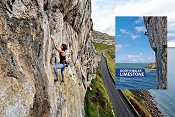
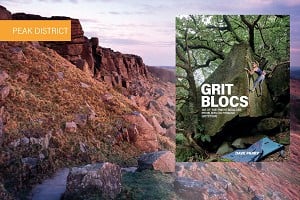
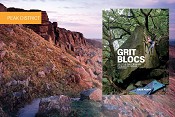
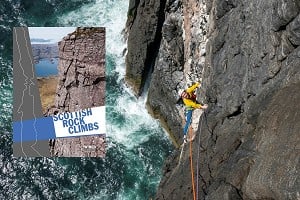
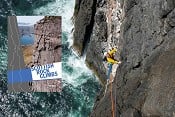
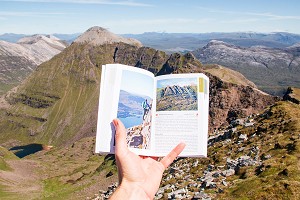
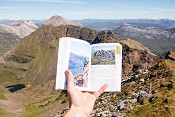
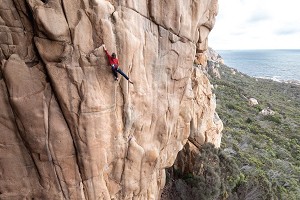
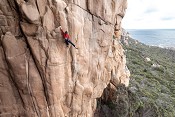
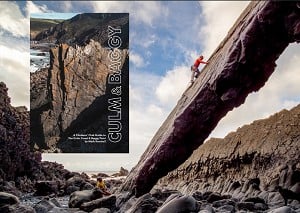
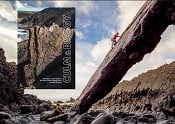
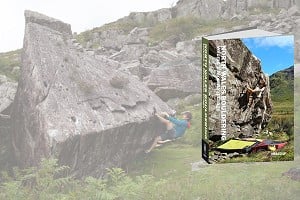
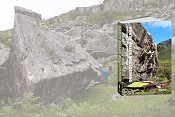
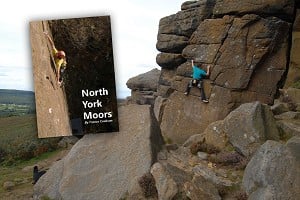
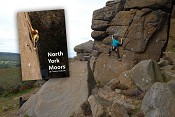
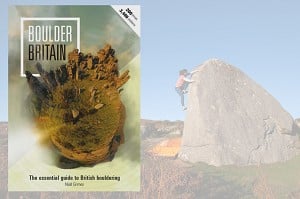
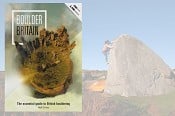

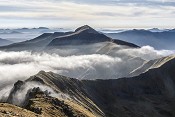
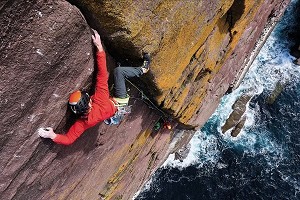
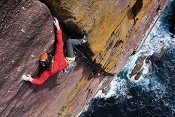
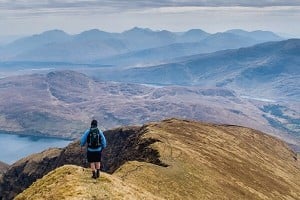
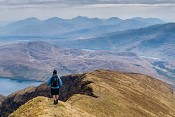
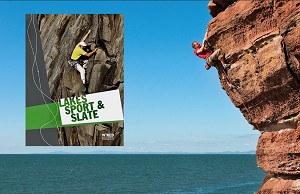
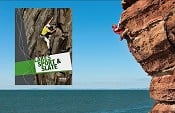
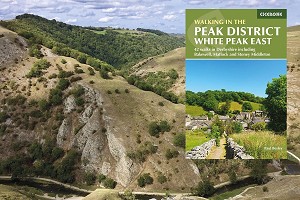

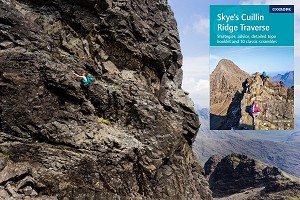
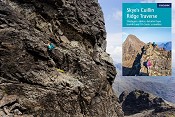
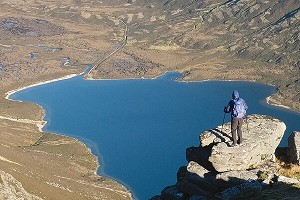
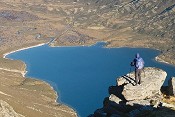
Comments
It's a brilliant guidebook, and I heartily recommend everyone buys it immediately.
But the truth is that the Lakes doesn't really have many good boulders. When the odd boulder gets big enough to have full size problems, they tend to get a grassy topping that keeps them wet. The sharp holds of Lakes rhyolite are pretty nasty for bouldering - the sandstone of St. Bees and Northumberland, or the grit not far away are infinitely preferable rock types for bouldering (although the Langdale boulders are really nice and frictiony, but that's anomalous).
There are certainly some great spots to be discovered for novelty afternoons - e.g. Cold Pike Bouldering - which is why everyone should buy the book. But I know I'll be driving away from the Lakes to climb on the grit and sandstone all winter!
None of which detracts from how good the guidebook is. And it does have St. Bees which is fantastic and 100% worth the 100h drive from civilisation, and Carrock Fell which is kind of half decent (Boardman's Boulder is, anyway).
I have to agree there.
Travelling to the lakes with the sole intent of bouldering is like travelling to the grit with the sole intent of multi pitch climbing. It exists, some is good but it misses the point.
I love how articles about the lakes almost always include the term backwater. Keep it up, nothing to see here.
I'm surprised to hear you say that, as this viewpoint is more akin to the old stereotype I was getting at within my intro, but - due to the recent developments documented within the guide - are largely redundant now.
It almost makes me wonder if we're looking at the same guidebook?!
Two two aren't really comparable: the Grit doesn't have much worthwhile multi-pitch climbing, whereas the Lakes - as proved by the guide at hand - has a whole lot of worthwhile bouldering.
As for 'missing the point', this viewpoint really does represent the old school/backwards belief that there's a pecking order of superiority to each discipline of climbing: trad at the top, sport climbing beneath it, and bouldering at the bottom. I would argue that anyone who actually subscribes to this viewpoint is the one really missing the point...
If you read beyond the opening paragraph you would have seen I strongly suggest that there is something to see in the Lakes.
No hierarchy Rob, I enjoy it all. A visitor to the Peak would be missing out by not going bouldering, just as a visitor to the lakes would be missing out not going roped climbing. Each area has its strengths.
Backwater was levelled not just at yourself, it doesn't take a lot of reading about the lakes to see it used repeatedly.
I am pushing 50 with fond memories of cycling out of Walkley over by Redmires to the plantation with my Tetleys boulder pad in my pocket. In those days the idea of a bouldering guide was an anathema. I assume that makes me old school and backward. Good job I live in a backwater :-)
Greg's guide is really good.